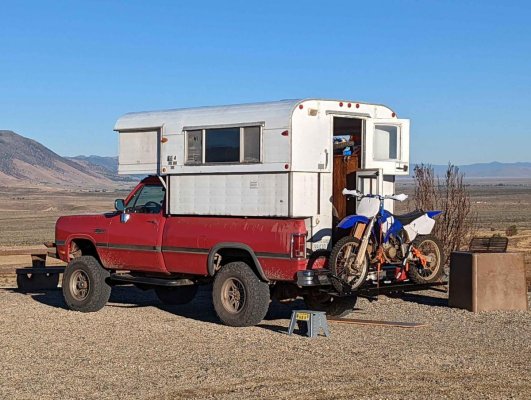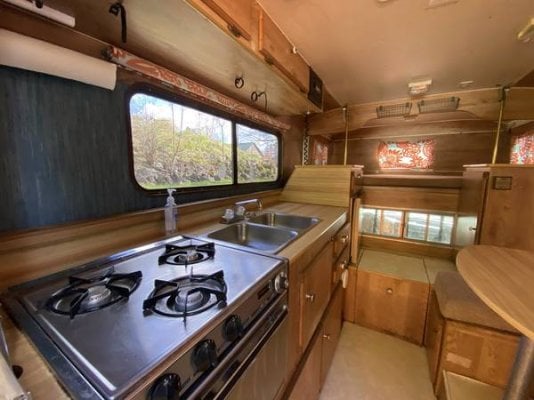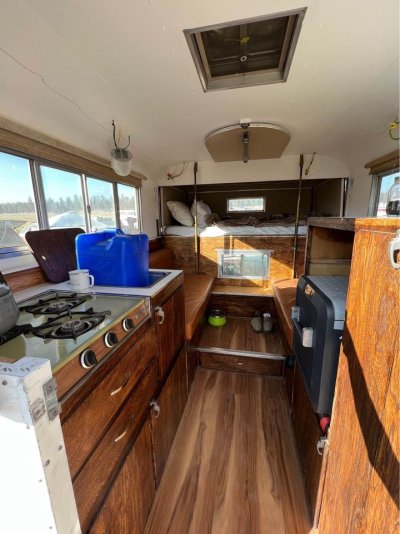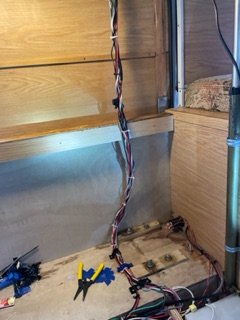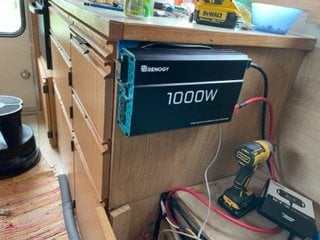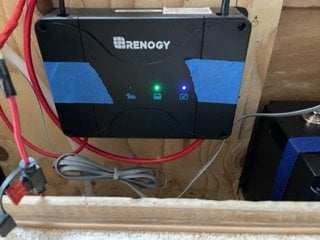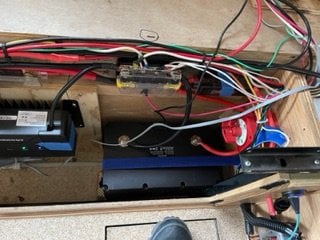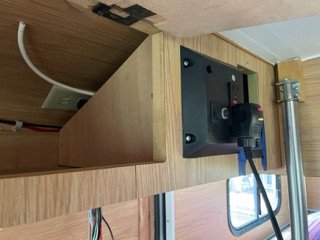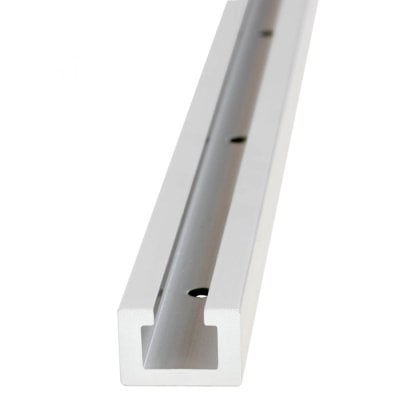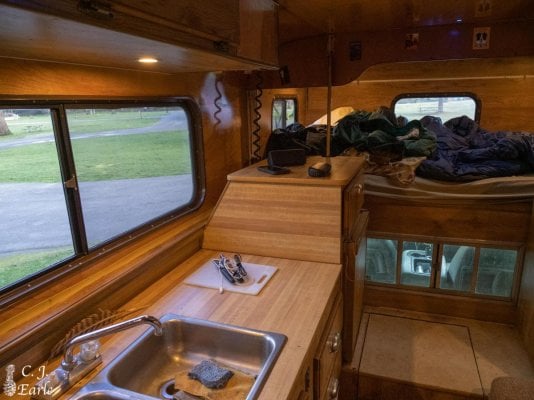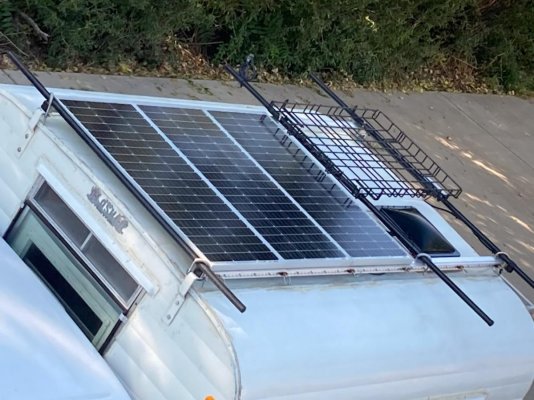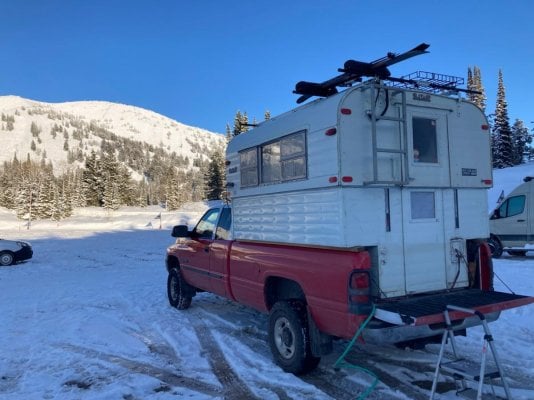PNWalaskanCamper
New Member
- Joined
- Apr 6, 2023
- Messages
- 8
I got a '73 Alaskan CO last fall, and I am doing some work to prepare it for this summer camping. Currently, it has been setup with a battery and isolator that charges it from the truck under one of the benches, so all the wiring is in the lower half, no power going to the top.
I would like to add some solar panels to the top, and the biggest planning obstacle I have run into is how to neatly run wires from the top to the bottom half without it looking like a mess. Does anyone have pictures of their setup, or suggestions?
Before I was considering solar, one idea I had was using coiled, spring like wire, like the type you used to see on cigarette lighter car chargers and things like that, to bring power from the bottom to the top half for the lights and vent fan, but once I decided to do solar, I realized I was going to need much thicker wires than those could handle.
How are people who have added solar to their roofs bringing power to the bottom half, but still allowing for the movement between the two, and not having a big bundle of wires getting in the way of things?
Any ideas or pictures would be extremely helpful, thanks!
I would like to add some solar panels to the top, and the biggest planning obstacle I have run into is how to neatly run wires from the top to the bottom half without it looking like a mess. Does anyone have pictures of their setup, or suggestions?
Before I was considering solar, one idea I had was using coiled, spring like wire, like the type you used to see on cigarette lighter car chargers and things like that, to bring power from the bottom to the top half for the lights and vent fan, but once I decided to do solar, I realized I was going to need much thicker wires than those could handle.
How are people who have added solar to their roofs bringing power to the bottom half, but still allowing for the movement between the two, and not having a big bundle of wires getting in the way of things?
Any ideas or pictures would be extremely helpful, thanks!

